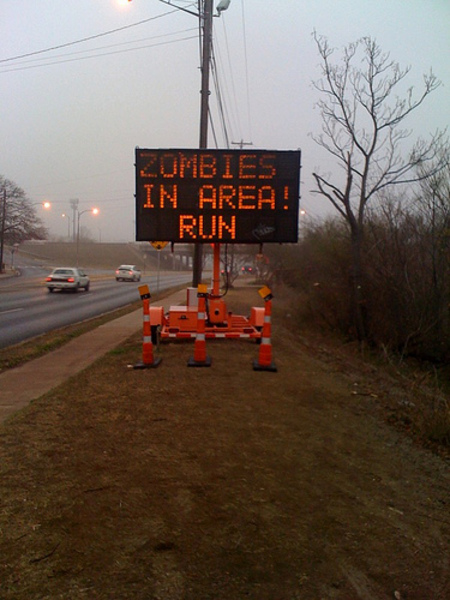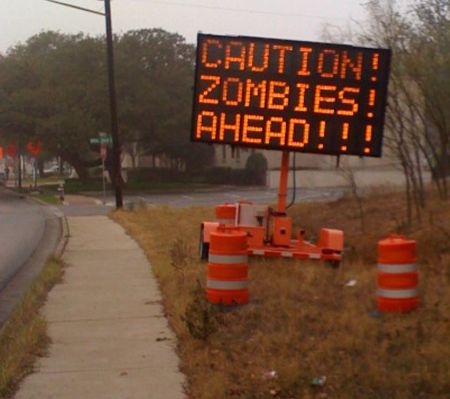"That roast beef has gone through a strange metamorphosis. It was bigger when I started, but one day a squirrel came by and took a big hunk out of it. I'm kinda workin' with it." -David Lynch

Rat Meat Bird
(detail, in the process of creation)
1996, 127 x 152,4 cm

Rat Meat Bird
1996, 127 x 152,4 cm
Abject artist Carolee Schneemann did a performance piece in 1964 called Meat Joy, featuring eight partially nude figures dancing and playing with various objects and substances including wet paint, sausage, raw fish, scraps of paper, and raw chickens. It was first performed in Paris and was later filmed and photographed as performed by her Kinetic Theater group at Judson Memorial Church. She described the piece as an "erotic rite" and an indulgent Dionysian "celebration of flesh as material. (wikipedia)
For the third project Bran and I initially wanted to make the buildings look like they were wounded with fake blood and the impression of flesh. Then we decided against it, and hung little packages of fake blood and raw meat from lines of string. They hung from the cafeteria balcony and under the Kudzu Valley bridge. Within the hour, someone had called the cops and the cafeteria meat was taken down. Allegedly a janitor was waving a broom at them exclaiming, "that's some meat, that's some bloody meat," so there certainly was a response. What I hoped would happen was that people would see the packages and question what they were, why they were there, and even consider whether the installation was art or just a gross prank. However, I have no way of knowing what people thought when they saw the installation or what kinds of conversation they inspired.
A system is a whole composed of parts, so this system was composed of pieces of meat that were installed publicly to confront people and evoke reaction. Whether they were considered threatening, were a health code violation, could have attracted and upset the neighboring wild dogs or other animals, etc. .. the cops decided they needed to come down. I think it was sort of proof of the effectiveness of the system- it was removed to prevent further reaction and response. The cops taking the meat down was supposed to stop the system from being in motion, but was in fact contributing to the motion.









